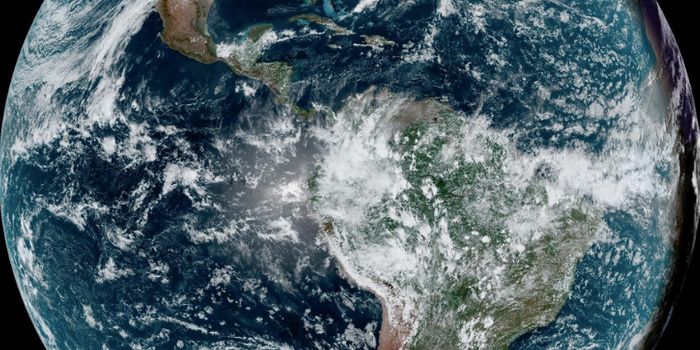It is no secret that climate change has already and will continue to impact agricultural systems worldwide. With more severe and unpredictable weather, including unseasonable droughts and flooding, food production is getting hit hard. Yet perhaps more frightening is the coupling of such devastation with the steadily growing global population. With more mouths to feed and increasingly unstable means to feed them, this
modelling study published recently in The Lancet by a group of U.K researchers aimed to shed light on the frightening numbers.
Linking the International Model for Policy Analysis of Agricultural Commodities and Trade (IMPACT) with a comparative risk assessment for deaths caused by coronary heart disease, stroke, and cancer, the U.K. team (led by Oxford University’s Oxford Martin Programme on the Future of Food,
Marco Springmann) contemplated the future effects of a diminishing availability of fresh produce and red meat. In more simple terms, they studied not only how climate change will affect food scarcity, but also how such food scarcity will affect human mortality. Their results aren’t pretty: the model suggests that climate change-induced food scarcity could result in 529,000 unnecessary deaths by 2050.

Assuming a severe scenario in which global air temperatures rise two degrees by 2050 compared to what they were between 1986 and 2005, the team compared their model to a reference that assumes no future climate change. The base reference of no climate change resulted in a 10.3% increase in food availability. However, the proposed scenario of climate change effects showed a decreased 3.2% global food availability. Broken down specifically, there was 4% less availability of fruits and vegetables and 0.7% less meat. Although these numbers may seem negligible, when translated into human lives it comes out to more and half a million preventable deaths.

The model demonstrates that most of these deaths would be caused by poor nutrition and fatally low caloric intake. And, not surprisingly, it also shows that certain regions of the world would be more greatly impacted than others; the most deaths were modelled in Southeast Asia and the Western Pacific, particularly in India and China. Deaths from low weight were seen more in Africa and Southeast Asia, while deaths from insufficient consumption of fruits and vegetables were more common in the Western Pacific, Europe, and Eastern Mediterranean. In Central and South America the changes in food availability were seen to actually save lives, by means of decreasing obesity.
It is important to note that these numbers encompass only one very isolated aspect of climate change. With the addition of the many other climate-related consequences that the planet is facing in the coming years, threats even greater than smaller salad portions are bound to come up.
Sources:
The Lancet, T
he Washington Post










